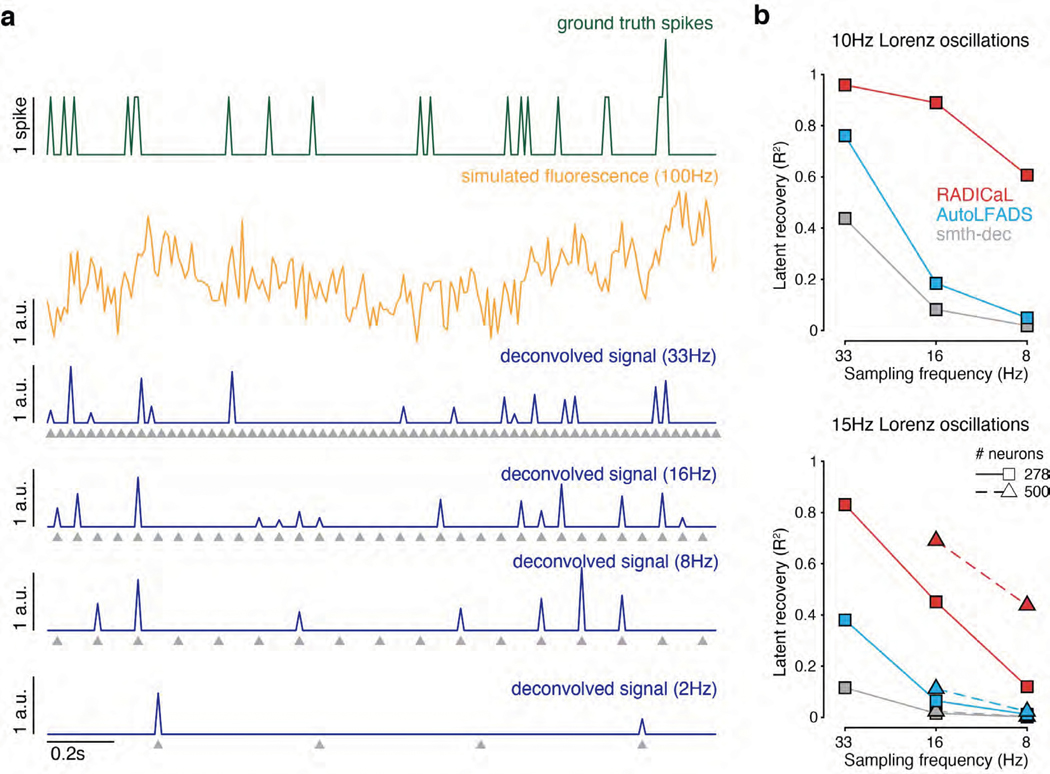Extended Data Fig. 4. RADICaL retains high latent recovery performance at slower imaging speeds, but there are limits to deconvolution with slower sampling.
To understand the extent to which the model performance depends on imaging speeds, we simulated data at different sampling rates ranging from 2 Hz to 33.3 Hz. (a) Example ground truth spikes, simulated fluorescence, and deconvolved signals at different sampling rates. Sample times are denoted by gray triangles. Deconvolution performance degraded at slower sampling rates, particularly in regimes when transients could be missed entirely. In our simulation we used a GCaMP6f model with a decay time of 400ms (see Methods). At an imaging rate of 2Hz, the majority of transients were missed and the estimate of the decay time constant tau was inaccurate (916.8 +/− 49.4ms, compared to the ground truth 400ms). Because deconvolution performs poorly at these sampling rates (i.e., <= 2Hz) with fast indicators, we do not recommend using RADICaL under such circumstances. (b) Performance in estimating the Lorenz Z dimension as a function of sampling rate was quantified by variance explained (R2) for all 3 methods, for Lorenz oscillation frequencies of 10Hz (top) and 15Hz (bottom). Squares with solid lines denote experiments with 278 neurons. Triangles with dashed lines denote experiments with 500 neurons. RADICaL retained high performance and outperformed AutoLFADS and smth-dec in recovering the latent states of a 10 Hz Lorenz system at moderately slow sampling rates (8 and16 Hz; top). In real experiments, there may be benefits to slower sampling, e.g., one can image more neurons using a larger FOV. Increasing the number of neurons boosted RADICaL’s performance, while AutoLFADS and smth-dec showed negligible improvement (bottom).

